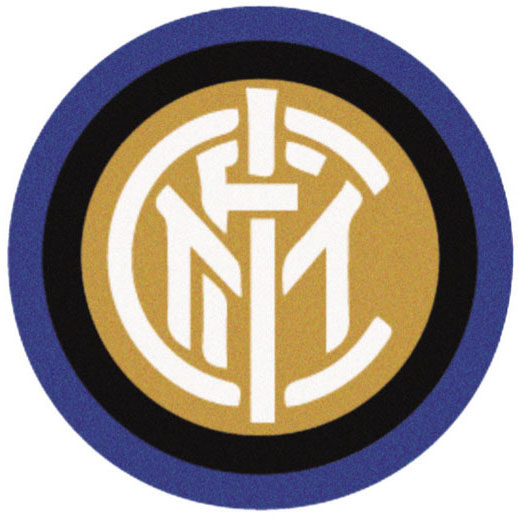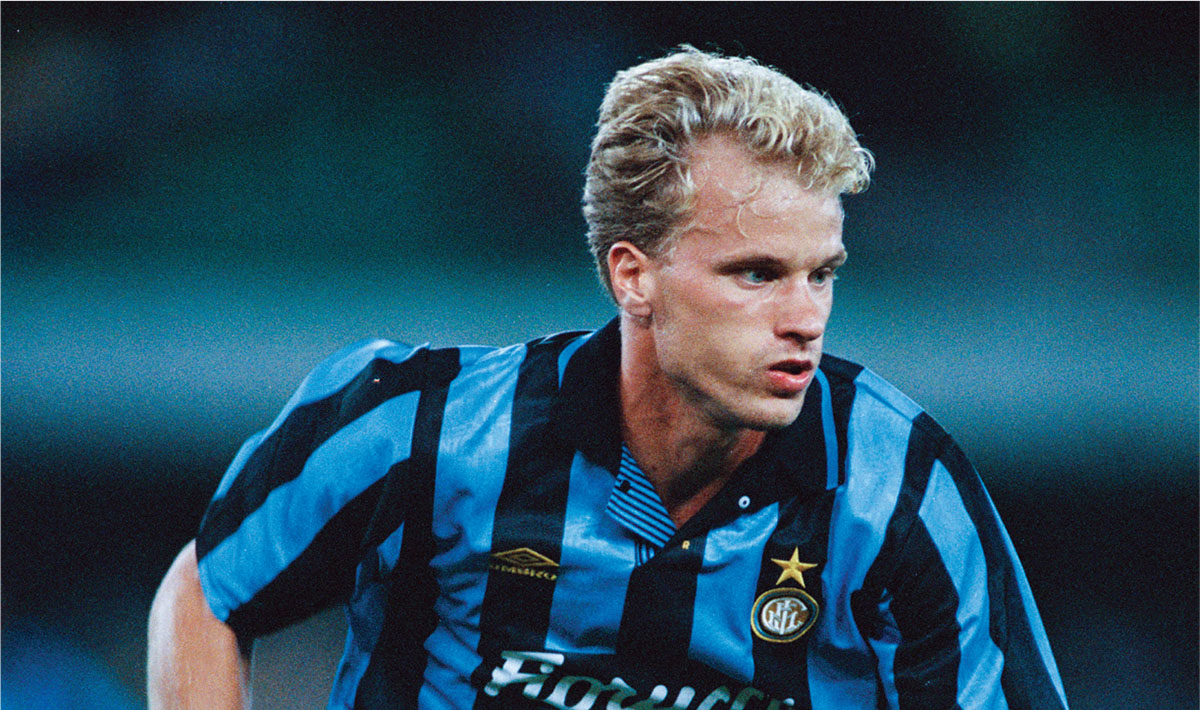
INTER
THE CHERISHED CLUB
On 22 May, 2010, Inter had done it again. Under José Mourinho, they had won the Champions League final 2-0 against Bayern Munich at Madrid’s Bernabéu stadium. After selling Zlatan Ibrahimovic to Barcelona the previous summer, the club had bought world class players in the form of Samuel Eto’o, Diego Milito, Wesley Sneijder, Lúcio and Thiago Motta – players who were good enough to win the triple in the 2009/10 season, in a team that was good enough to bear comparison with the team managed by Helenio Herrera in the 1960s.
Over the years, Inter has enjoyed great success. Helenio Herrera was the coach who led Inter to consecutive finals in the European Cup in 1964 and 1965. The blue and black Milan club became champions on both occasions, beating Real Madrid and Benfica in the respective finals. The strategy they employed was the defensive catenaccio and among the players were legends like Giacinto Facchetti and Sandro Mazzola. Then Inter were, as they would be again in 2010, the best in Europe.
It is enormous successes such as these, combined with occasional moments of disappointment, that have given the club its nickname, Pazza Inter (Crazy Inter). On the one hand Inter is the only Italian club to have played every season in Serie A. On the other, the team is seen by some as underachieving and for failing to manage and build on their great players and previous successes.
CLUB: FC Internazionale Milano
NICKNAME: I Nerazzurri (the Dark Blues), La Beneamata (the Beloved), Il Biscione (the Big Grass Snake) and Pazza Inter (Crazy Inter)
FOUNDED: 1908
STADIUM: Giuseppe Meazza, Milan (80,018 capacity)
HISTORIC PLAYERS: Giuseppe Meazza, Lennart ‘Nacka’ Skoglund, Giacinto Facchetti, Javier Zanetti, Ronaldo and Christian Vieri

1908–1928. After a schism in the Milan Football and Cricket Club (as AC Milan was then known) in 1908, when the club had forbidden any more foreign players from joining the team, an irritated group left to create Football Club Internazionale, a club where all foreigners would be welcome. Inter’s first emblem was created by Giorgio Muggiani, one of the founders, and represented the club’s initials. Blue is said to have been chosen as a counter to the red of AC Milan.

1932–1945. With its generous attitude towards foreigners, Inter was not tolerated by Italy’s fascist rulers and was forced into a merger and a change of name. The new name, Società Sportiva Ambrosiana, was adopted in 1928. The club crest was changed in the same year; this emblem, though, is from 1932, when Inter had re-assumed their original name after pressure from fans. At the end of the Second World War, both the old name and emblem were taken up again.

1979–1988. In the 30 years that followed the Second World War, Inter switched between different crests, most of which were reminiscent of the earliest version. The grass snake appeared in an emblem from the 1960s, but it wasn’t until 1979 that it was seriously included in the design. The snake, Il Biscione, came from the crest of the Visconti family who controlled Milan in the 13th century. Since then this animal has represented the dukedom of Milano, the aristocratic family Sforza, the car manufacturer Alfa Romeo, and Inter. The star has its origin in the club’s 10th league title, won in 1966.

1998–2007. Il Biscione had been gone for 10 years when the emblem was once more modified, after Inter’s UEFA Cup triumph of 1998. The colours were radically changed, and for the first time the year of the club’s founding was included.

2007–2014 and 2014–present. In 2007 Inter reverted to a variation of the emblem that had represented the club for much of the ’90s. Seven years later it was updated again when the number of circles was reduced, the colours changed, and the letters modified. The star was taken out, though it still appears on match shirts.

Dennis Bergkamp signed for Internazionale in 1993. He stated that the club ‘met all my demands... the stadium, the people at the club and their style of play.’